A Handy Puebla Walking Tour & Travel Guide
MEXICO23 November 2023
A Handy Puebla Walking Tour And Travel Guide
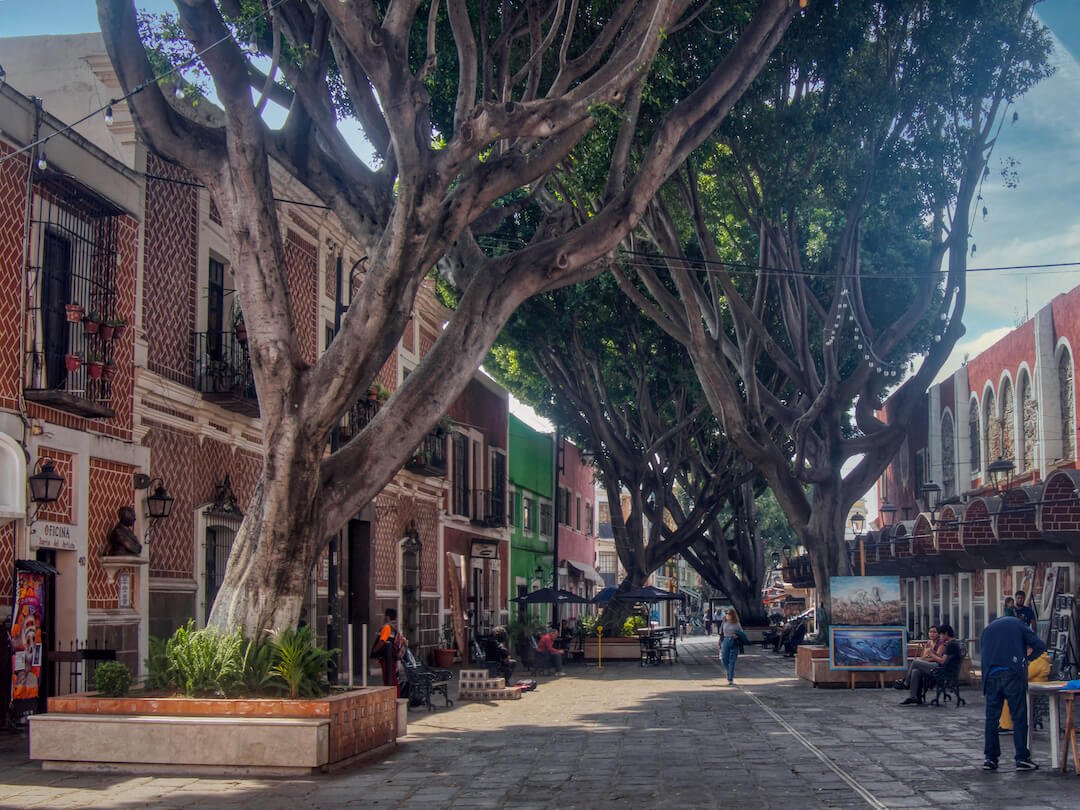
Just 135km southeast of Mexico City, Puebla is perhaps best known for the beautiful Talavera (or azuelo) tiles that decorate many of its buildings. And, of course, for its signature culinary speciality, mole poblano.
Perhaps less known outside of Mexico is the fact that it was the site of a famous battle between local Mexicans and French invaders on May 5, 1862 – giving rise to the Cinco de Mayo celebrations beloved of Mexican ex-pats elsewhere in North America.
Like many of Mexico’s historic cities, the best way to explore it is on foot. We know as we walked our legs off crisscrossing the historic centre and some of the surrounding suburbs during our stay.
So, to help you as a first time visitor, we’ve put together a Puebla walking tour that you can easily do in a day. Along the way, you’ll encounter gorgeous tile-covered buildings, together with dozens of churches and museums. Better still, you’ll be mesmerised by the city’s street art and galleries.
And just wait until you try the food.
Red, white and blue Talavera tiles are a unique feature on Pueblan buildings
Table of Contents
- Puebla zocalo
- Templo de Santo Domingo
- Calle de los Dulces
- Calle 6 Norte
- Barrio del Artista
- El Parian
- Mural de la Esperenza al Porvenir
- La Pasita
- Los Sapos Barrio
- Casa de la Cultura & Biblioteca Palafoxiana
- Puebla Cathedral
- Visit the ex-Convento de San Francisco
- Take a walk through Puebla’s secret tunnels
- Discover the street art of Xanenetia Barrio
- Take a day trip to Cholula
How to get from Mexico City to Puebla
About Puebla
Puebla (literally translated as “Town”) was founded in 1531 as a stopping point to bolster the trade route between the Port of Veracruz and Mexico City. It was the first colonial Spanish town in Mexico not to be built on top of an existing settlement. As a result, it was laid out in a grid pattern which exists to this day. And, for many years, its grand mansions and opulent churches were part of a city that was second in size only to Guadalajara.
Then, in 1862, a militia of some 2,000 men defeated a 5,000-strong French army in what became known as the Battle of Puebla. The French, under Napoleon III (no, not that one!), had desires to re-establish their empire in the Americas. But, for the Mexicans, this battle came to symbolise their resistance to foreign invasion. Even though the French actually re-took the city the year after and weren’t banished until 1867.
Since the Mexican Revolution in the early 20th century, the city has seen heavy industrial development. But, happily, that doesn’t include the historic colonial centre, which was subsequently granted UNESCO World Heritage status for maintaining its historic integrity and its unique “fusion of European and American styles”.
Try this Puebla walking tour
Our Puebla Walking Tour route
As with most Mexican colonial towns and cities, the main square (or zocalo) is a good place to start any walking tour. And the Puebla zocalo is one that you’ll want to return to at different times of the day.
Surrounded by the imposing cathedral and the Palace of Puebla (town hall), it’s fairly peaceful during the day. But, true to Mexican form, it comes alive in the late afternoon and into the evening. Although times have certainly changed for the better since the days when bullfights and public hangings were the norm. Nowadays you’re more likely to see balloon-sellers, food vendors and families sharing ice creams. Or, if you’re in town during the lead-up to the Day of the Dead (like we were), imaginatively decorated skulls lined up like an identity parade.
Just off the zocalo, on Calle 2 Norte, Casa de los Muñecos is the first of many buildings you’ll see covered in Puebla’s signature red, blue and white tiles.
After another block, take a left onto Avenida 4 Oeste (West) until you arrive at La California. It’s an ice-cream parlour-cum-sandwich shop that looks like it’s been stuck in a 1930s timewarp. Famous for its cremitas (a kind of milk, vanilla and egg pudding) and tortas (sandwiches), you’d do well to add it to your list of culinary stops along the way.
La California – an enticing stop for “second breakfast”
On the opposite side of the street, you’ll soon arrive at Templo de Santo Domingo. It’s a Dominican church that might seem unremarkable from the outside. But inside, the unbelievably elaborate (some would say ‘over-the-top’) Capilla del Rosario is a chapel with intricate carvings covered in 23-carat gold leaf. Indeed, nothing screams “No expense spared” more than this showy cotner of the church.
Capilla del Rosario

Interested in housesitting while you travel?
Turning right at the church (onto 5 de Mayo) the next block is crossed by Avenida 6 Oeste – aka Calle de los Dulces (“Sweet” or “Candy” Street – depending on which side of the Atlantic you come from). Something of a Puebla institution, it’s full of shops selling handmade sweets, crystallised fruit and rompope (a kind of egg nog, infused with vanilla). Yes, it all feels a little touristy. But we dare you not to buy a beautifully bow-tied box of six before you move on.
Confection heaven in Calle de los Dulces Puebla
Also on the street, the Museo de la Revolucion Mexicana celebrates the building’s supposed role as the birthplace of the Mexican Revolution in 1910. In fact, 21 insurgents were killed, after stubborn resistance, by a much larger number of soldiers. And some of the original bullet holes are easily visible on the exterior wall.
Continuing one block further east, you’ll arrive at Calle 6 Norte. On the corner is Heladería el Parián, which was our go-to place for ice cream. Try the “specials” menu for an amazing double chocolate. Then turn tight for some more spectacularly tiled buildings so typical of Puebla. Including Edificio Coatepec (a hotel) and Museo Casa de Alfeñique, with its seriously elaborate stucco ornamentaion.
Edificio Coatepec
Casa de Alfeñique
At Alfeñique, take a left and immediately left again onto Calle 8 Norte, aka Barrio de Artista. As the name suggests this area is ground zero for Puebla’s resident artists. And it’s a lovely tree-lined pedestrianised street, brimming with tiny red-tiled art studios that spill out on to the pavement. Along with a smattering of cafés and bars. Head there in the afternoon and there’s a good chance you’ll see some live performances, too.
Barrio del Artista
Doubling back to the entrance of the barrio, crossing the road leads to El Parián, Puebla’s famous artisenal market. It’s here that you’ll find a wide selection of the Talavera pottery that’s synonymous with the city. It’s basically glazed pottery fusing Arabic, Spanish, Italian and Chinese influences. Not something we could carry around in our backpacks, however.
El Parian
If, like us, you’re a sucker for Latin American street art, and aren’t too pushed for time, we’d strongly suggest making a slight detour at this point to see Mural de la Esperenza al Porvenir (“Mural of Hope for the Future”). After exiting the market, take a right to the busy Boulevard Héroes del 5 de Mayo and cross over near the yellow Guardian Angel monument.
The mural, which is 25 metres long and 8 metres high, faces the road and covers the whole of one wall. Created by 20 artists in appreciation of the work carried out by the medical profession during the COVID-19 pandemic, it intertwines images from Mexico’s pre-Hispanic past with those of first-line medical staff. We were blown away by its imagination, colour and sheer brilliance. Just stunning.
After that, cross the stone 18th century Ovando Bridge and head back over the main road.
Just to the left, Calle 3 Oeste leads through some grand and brightly coloured buildings into Barrio de Los Sapos (“Neighbourhood of the Frogs”). So-called after a flooding of the San Francisco River (which it crosses) resulted in an army of frogs and toads to overspill into the streets.
It’s a lovely, if gentrified area, with ornate balconies and colourful facades adorning hotels, restaurants, bars and tiny boutique shops. Especially along Callejón de los Sapos (“Alley of the Frogs”), which opens up into the pedestrianised Plazuela de los Sapos, where a flea market takes place every Sunday morning.
Before moving on, though, don’t miss another Puebla institution, La Pasita. It’s a tiny cantina resplendent in yellow, which is renowned for its unique and eclectic range of liqueurs – all of which are served while you stand at the bar (if you can find a space).
Especially its eponymous pasita liqueur – a sweet raisin-flavoured little number, served in a shot glass (called a caballito, or “little horse”) along with a skewered piece of goat’s cheese and a marinated raisin. To be honest, it tastes as good (or as bad) as it sounds. But, if you’re up for it, you could try their Sangre de Brujas (blackberry and hibiscus) or Sangre de Artista (quince and apricot) liqueur instead.
Continuing to the other side of Plazuela de los Sapos, take a right onto Avenida 7 Oeste. After another block, you’ll arrive at Museo Amparo, which houses one of Mexico’s most important collections of colonial and pre-Columbian art. Indeed, if there’s one museum in Puebla to visit, this is it.
From the museum, take a right onto Calle 2 Sur. After one block, with the spectacular Puebla Cathedral ahead of you, take a left into Avenida 5 Oeste. The large red-tiled building on your left is the Casa de la Cultura, the former Bishop of Puebla’s palace which now contains art galleries, a cinema and Biblioteca Palafoxiana, recognised by UNESCO as the first and oldest public library in the Americas. And befitting such a claim to fame, it’s a gorgeous combination of dark wood shelving and 45,000 old books, many of which are handwritten. If you’re something of a bookworm (like one of us definitely is), you’ll be in seventh heaven.
And, while you’re in the building take a look at some of the small art displays on show in the adjoining rooms.
After which our walk finishes back where you started with a visit inside Puebla Cathedral. We’ll be honest, after seeing so many Catholic churches and cathedrals across Latin America, this kind of felt like more of the same. Nevertheless, it’s still the country’s tallest cathedral – and even appears on Mexico’s 500 peso note. Better still, it’s possible to climb to the top of one of its two bell towers for views over the city and across to nearby volcanoes.
Other things to do in Puebla
Once you’ve completed your exploration of the historic centre, you might want to consider some other things to do in Puebla and the surrounding area. Such as these:
Visit the ex-Convento de San Francisco
In all honesty, you could also tag this on to your walking tour by heading there before going to take a look at the mural.
The convent was the first one built in Puebla and dates back to the original founding of the city in 1531. Unless you’re particularly interested in wandering around inside and peering into the glass coffin of a mummified saint, the main reason for going is for its striking external appearance. Especially against a dramatic sky.
The yellow tower, together with its Gothic stonework, and tiled red facade, is completely different from anything else in the city. And it’s especially beautiful when it’s lit up at night.
Ex-Convento de San Francisco
Take a walk through the secret tunnels of Puebla
From the convent, a 15-minute walk northward on Boulevard Héroes del 5 de Mayo will lead you to a set of recently discovered underground tunnels used by the Mexican militia during the war with the French. The tunnels were used by the Mexicans to move around the city quickly and to ambush the French invaders.
Their discovery also led to a further unearthing of a series of 500-year-old tunnels believed to have been part of an irrigation system from the early days of the city. You can walk through these tunnels – which are illuminated – from an entrance just off 5 de Mayo.
There are guided tours available but we chose to simply wander through them, exiting in Parque Lago de la Concordia, where there are viewpoints looking back over Puebla and towards the volcanoes in the distance.
To be honest, the tunnels are a curiosity more than a tourist attraction. But they make for an interesting visit on a walk from the convent to Barrio Xanenetla.
One of the illuminated tunnels in Pasaje Histórico 5 de Mayo
Discover the street art of Xanenetia Barrio
From Parque Lago de la Concordia, the walking route back to the main road and the historic centre leads through Barrio Xanenetla. It’s probably not an area you’d want to be wandering around after dark. But during the day it’s notable for the murals and other street art that decorate many of the houses and walls. Especially on many of the simple dwellings adorned with art that uses doors and windows as part of the display.
An example of some of the imaginatively painted houses in Xananetia
Take a day trip to Cholula
Although a separate town, Cholula’s close proximity to Puebla (and the lack of any real countryside to separate the two) makes it feel more like a suburb of its larger neighbour. But it’s undoubtedly worth the 20-minute collectivo journey on a day trip from Puebla, or even for an overnight stay.
The main reason for going there is to see the world’s largest pyramid, together with its church and wonderful views of the nearby volcanoes.
However, don’t get too carried away with excitement as The Great Pyramid of Cholula is largely covered in vegetation and unrecognisable as a pyramid in the truest sense of the word. But there are excavations to admire and even an opportunity to walk through an underground tunnel (although this was closed during our visit).
At the summit, the distinctly yellow Iglesia de la Virgen de los Remedios is a striking sight between the green foliage and a clear blue sky. And, if you’re lucky enough to visit on a haze-free day (unlike us), the views across from the church to the nearby, still-smoking Popocyepetl volcano are said to be outstanding.
To get from Puebla to Cholula, we jumped on one of the regular and inexpensive collectivos that run from the northeast of Centro (towards Mercado de Sabores). Of course, you can also take a taxi or book on an organised tour.
Iglesia de Nuestra Senora de los Remedios
Cholula Pyramid
The best preserved section of the pyramid
Where to stay
We had a “chalk and cheese” experience during our two stays in Puebla.
We initially stayed right in the historic centre, just off Calle de los Dulces. But our hotel room at Hotel Elena Unico overlooked a bar that thought nothing of playing loud music through open balcony windows until the early hours of each morning (which we understand can be a problem in much of Puebla’s centre).
So, on our return, we booked to stay at the lovely – and imaginatively named – Collection O Al otro lado del rio, Puebla. It’s located in a much quieter area across the Ovando Bridge. And we can thoroughly recommend it.
What and where to eat
As one of Mexico’s prime culinary destinations (rivalling Mexico City and Oaxaca) the food in Puebla is one of the major reasons to visit in its own right.
You’ve probably already heard of Mole Poblano – Puebla’s signature thick dark sauce made from dried ancho, guajillo and pasilla chillies, herbs, nuts, chocolate and countless other ingredients. You’ll find it served elsewhere in Mexico, but if you want it at its most authentic then you absolutely have to try it here.
Said to have been invented by a group of 17th-century nuns, the mole is often cooked for many hours, even days, and many of its recipe variations are a closely guarded secret. Traditionally served over turkey or chicken and topped with sesame seeds, you’ll find it in most Puebla restaurants. The upmarket Mural de los Poblanos is said to make the best one around. Although our favourite was the Lamb Shank with Mole Poblano at El Viejo Rosario.
Another Puebla dish to try is Chiles en Engoda – large green poblano chillies stuffed with picadillo (a minced beef dish), smothered in a creamy, walnut sauce and topped with pomegranate seeds. It usually makes an appearance on special occasions and is typically served at room temperature.
Pipián Verde is a creamy green mole made with ground pumpkin seeds. You’ll see it a lot served with enchiladas. And even as one of three or five separate moles on the same plate! Like the one we ate at Comal, just off the zocalo.
Tacos Arabes reflect the sizeable number of Middle Eastern immigrants who settled in the city. As such, the tacos are made from pita flatbreads rather than corn tortillas. Las Ranas is a famous taqueria that is supposed to make the best in the city. Sadly, we found them a little too bland. And the service was awful.
You’ll probably succumb to eating a cemita at some point as it’s another Puebla food staple. Essentially a giant Pueblan sandwich consisting of a bread roll stuffed with meat, avocado, onions, herbs and plenty of stringy Oaxacan cheese. Oh, and some smoky chipotle adobo chillies for good measure. Again, you’ll find them everywhere. But for our money, the one we had at Mercado Paral Cemitas would take some beating.
And if you really want to immerse yourself in Pueblan food, head to Mercado de Sabores Poblanos, where front-of-house waiters from over 130 stalls will fight for your business from lunchtime onwards.
A cemita at Mercado Parral Cemitas
Enchiladas smothered in three separate moles – Coma Restaurant
Lamb Shank with Mole Poblano – El Viejo Rosario
How to get from Mexico City to Puebla
It’s just two hours by road from Mexico City to Puebla. And there are plenty of buses plying the route every day from TAPO bus station. For the most comfortable ride take the ADO bus – they leave every 30 minutes or so. You can also get an ADO bus direct from Mexico City airport to Puebla, too.
Typically that means getting a taxi or Uber to and from the bus station at either end. As an alternative, you might want to take a shuttle bus. Or simply take a taxi / Uber all the way. Especially if you’re considering doing a Puebla day trip.
Of course, you could make it really easy on yourself and book an organised tour to Puebla and Cholula instead.
If you’re travelling to Puebla from further afield, it’s also served by an international airport. However, most arrivals are via domestic flights through Viva or Volaris.
We actually arrived by bus from Oaxaca in the south, which included travelling through some spectacular mountain scenery along the way.
Final thoughts
Along with Guadalajara and Morelia, Puebla is one of our favourite cities in Mexico. And one that we’re very likely to return to again and again. And not just because we’ve got unfinished business with the food scene. It also serves as a great base to explore the colonial towns, mountain villages and smoking volcanoes in the wider state of Puebla.
Puebla Zocalo
Casa de los Muñecos
La California
Templo de Santo Domingo
Calle de los Dulces
Museo de la Revolucion Mexicana
Heladería el Parián
Museo Casa de Alfeñique
Barrio de Artista
El Parián
Mural de la Esperenza al Porvenir
Ovando Bridge
Callejón de los Sapos (Alley of the Frogs)
La Pasita
Museo Amparo
Biblioteca Palafoxiana
Puebla Cathedral
Ex Convento de San Francisco
Pasaje Histórico 5 de Mayo
Xanenetla
The Great Pyramid of Cholula
Mural de los Poblanos
El Viejo Rosario
Mercado Paral Cemitas
Mercado de Sabores Poblanos
Collection O Al otro lado del rio, Puebla
FAQs
Is Puebla worth visiting?
Absolutely! As one of Mexico’s main culinary destinations, it’s worth going for the food alone. But its beautiful historic centre, together with the attractions outlined in our featured walking tour, makes Puebla worthy of at least a three-night stay.
Is Puebla safe?
Puebla is a substantial city with 1.5 million inhabitants. And, to be honest, you’ll likely have no reason to visit much of it. For visitors, the historic centre is the big attraction. And, if you maintain the same personal safety measures as you would for any other big city in the world, you’ll be fine.
Of course, that’s not to say that Puebla doesn’t have its problems. Of course, it does. And, like anywhere other city, you probably shouldn’t be wandering into areas where there’s no one else around – especially at night.
If in doubt, use taxis or Uber to get around at night. But always try to remain aware of your surroundings and don’t draw too much attention to yourself.
When is the best time to visit Puebla?
However, some of the city’s big festivals take place during the rainy season (between April and September). For instance, Cinco de Mayo takes place on May 5th and features a huge parade followed by two weeks of celebrations. June heralds the start of the Festival de Mole Poblano and, in August, the tales centre stage.
Of course, Dia de Muertos is a big event in the calendar, too. In Puebla, things get into full swing mid-October, culminating with the actual Day of the Dead on November 2nd.
Any other questions?
Firstly, you can simply ask your question in the Comments section below. You can also get in touch using our contact form. Or, if you’d like to join our community on Facebook, you can ask directly there.
Either way, we’ll do our best to get straight back to you.
PLAN YOUR TRIP
The following contain affiliate links. If you decide to purchase anything after clicking on any of these links, we may receive a small commission at no extra cost to you. Indeed, as a result, you'll be helping to keep our website ad-free! Thanks for your support.
Book Your Flight
Our go-to website for flights is Skyscanner. We’ve probably booked probably 90% of our flights worldwide with them over the years and they’ve never let us down.
Book Your Accommodation
Get Insured
For travellers who are non-UK residents, we recommend SafetyWing for both remote health insurance and nomad insurance.
Check your entry requirements
Check all entry requirements for Mexico and purchase any visas online with iVisa.
Book a tour in Puebla
Book a guide, tour or other activity in and around Puebla with Get Your Guide
Become a housesitter
PIN IT, SHARE IT
MORE ON THE AMERICAS
THANKS FOR READING
Hi, we're Ian and Nicky, an English couple on a voyage of discovery around the world, and this blog is designed to reflect what we see, think and do. Actually, we'd like to think it also provides information, entertainment and inspiration for other “mature” travellers, too. So please feel free to pour yourself a glass of something suitably chilled and take a look around.

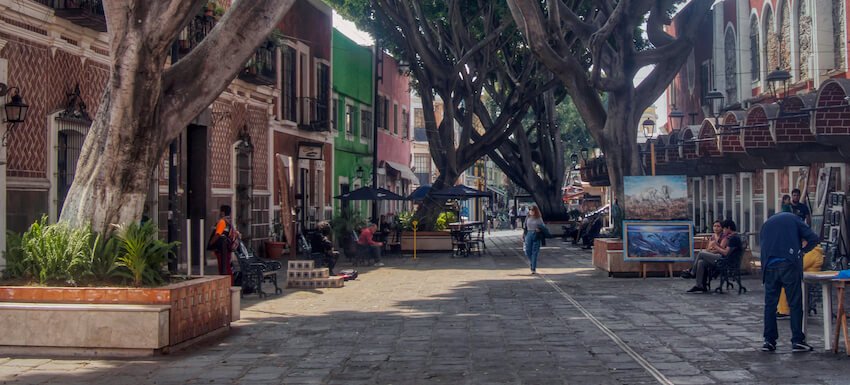
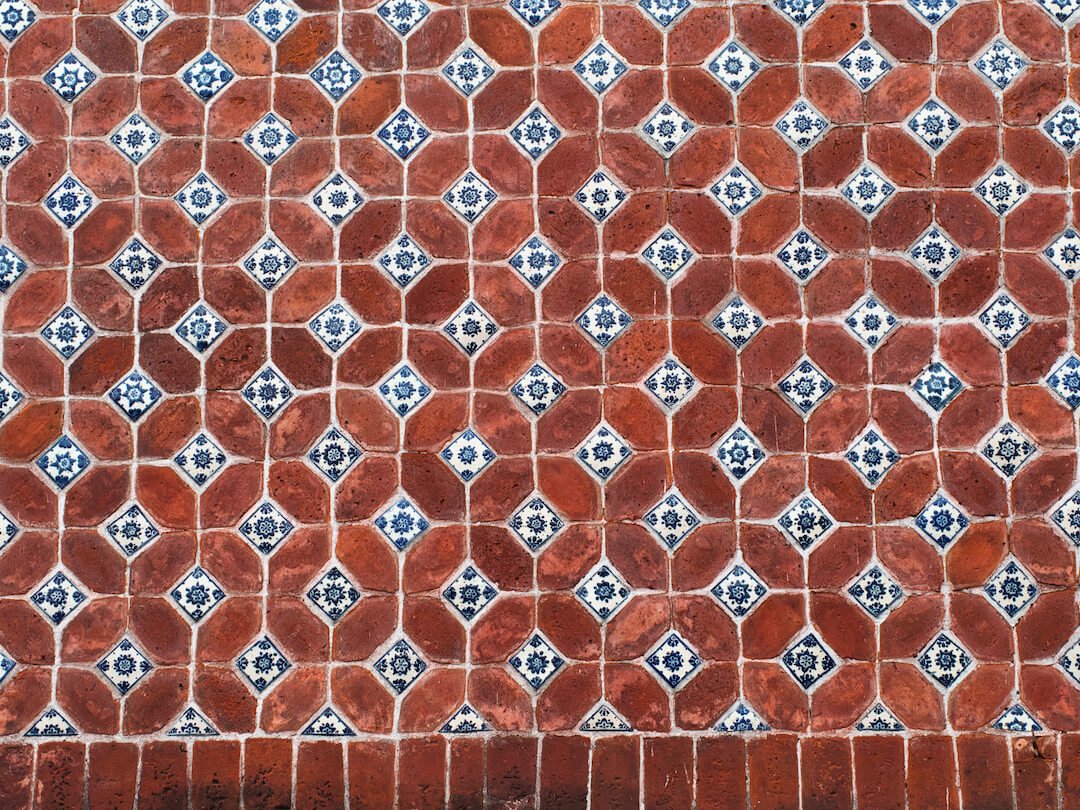
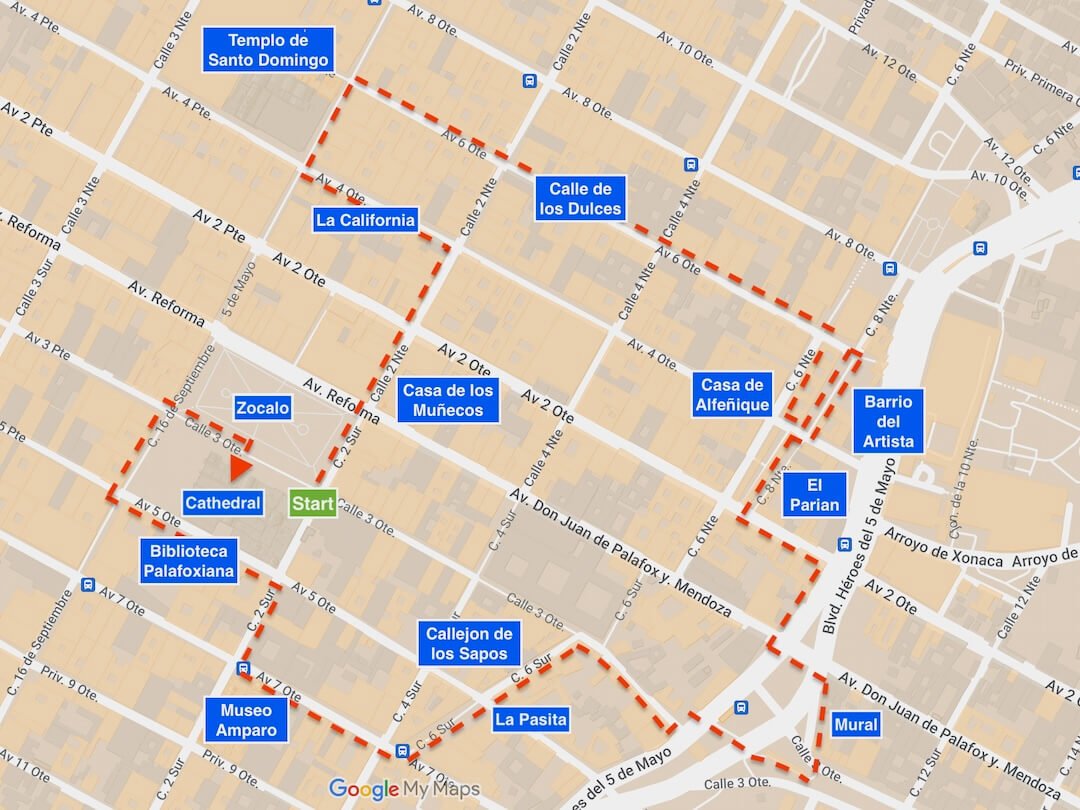
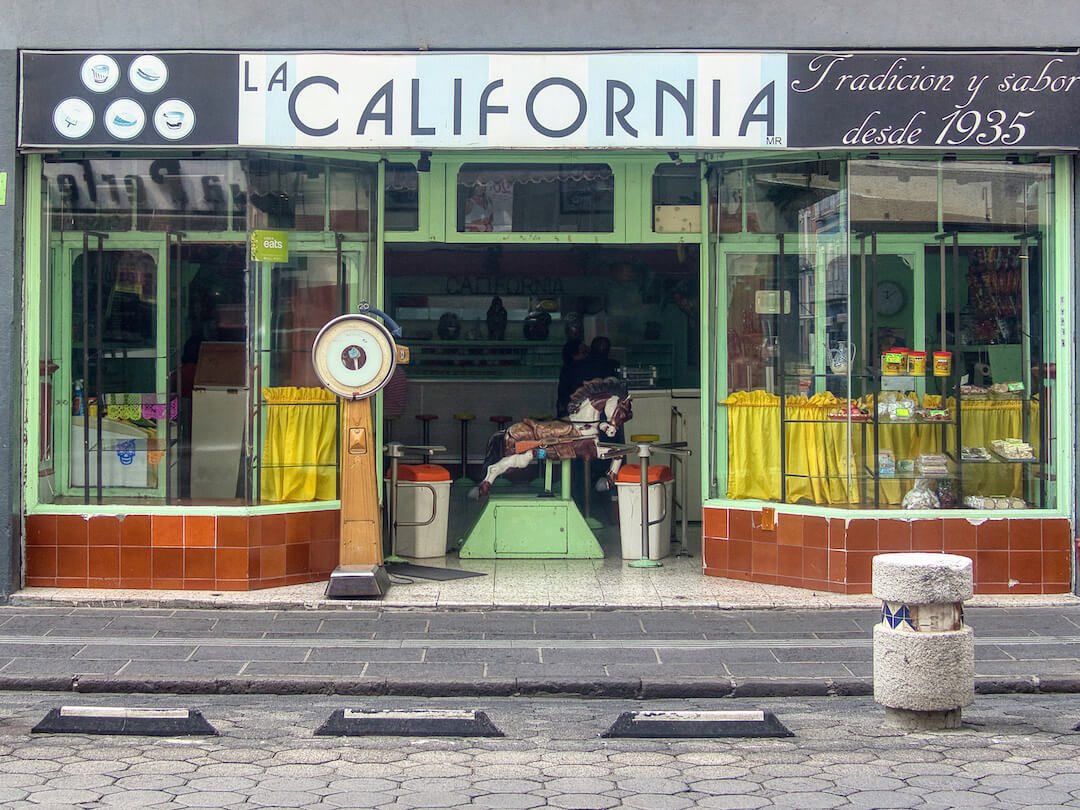
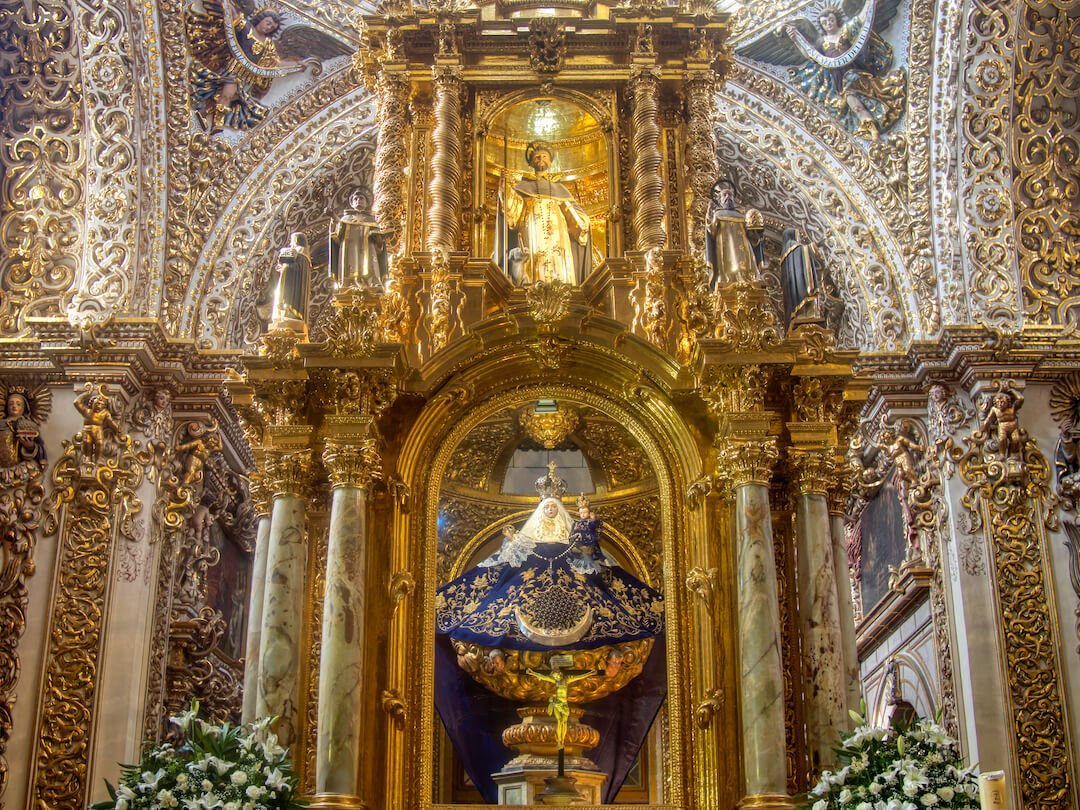
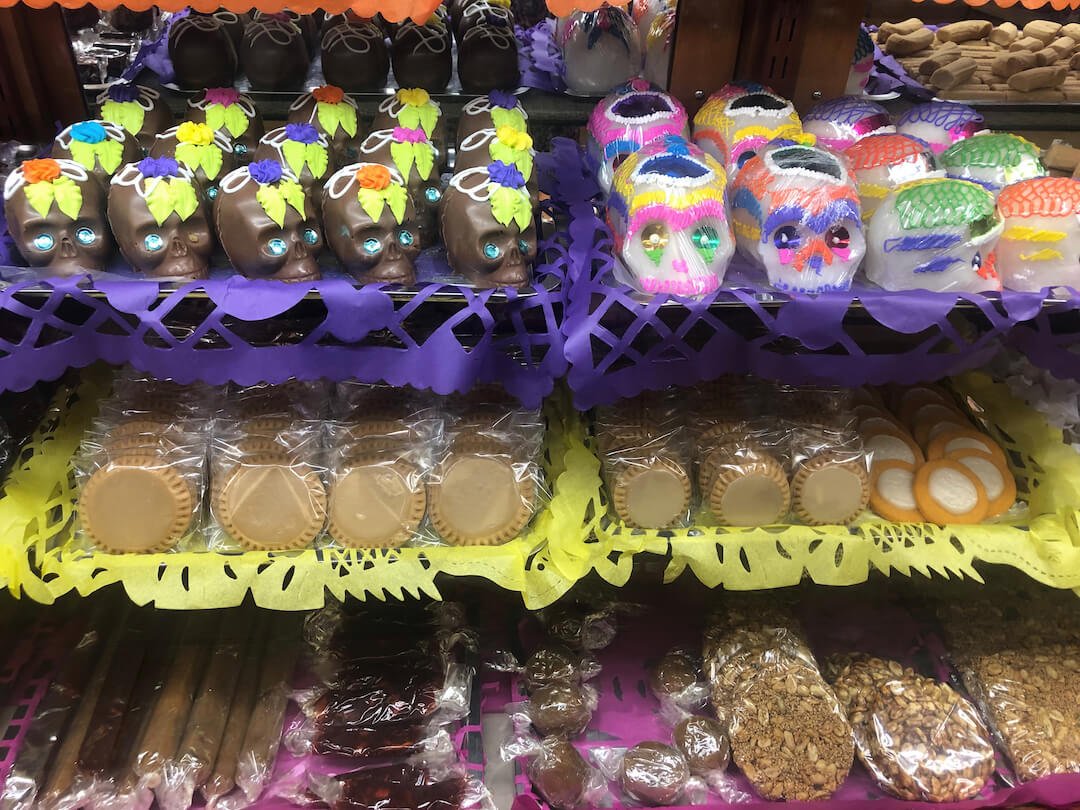
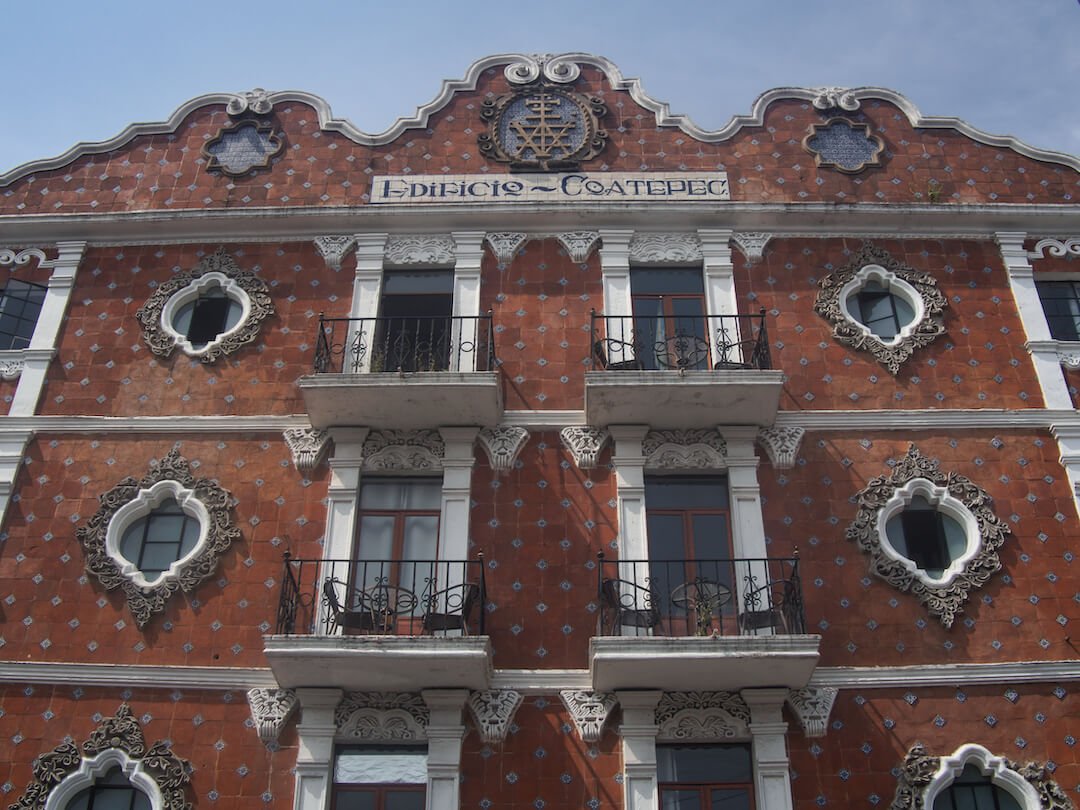


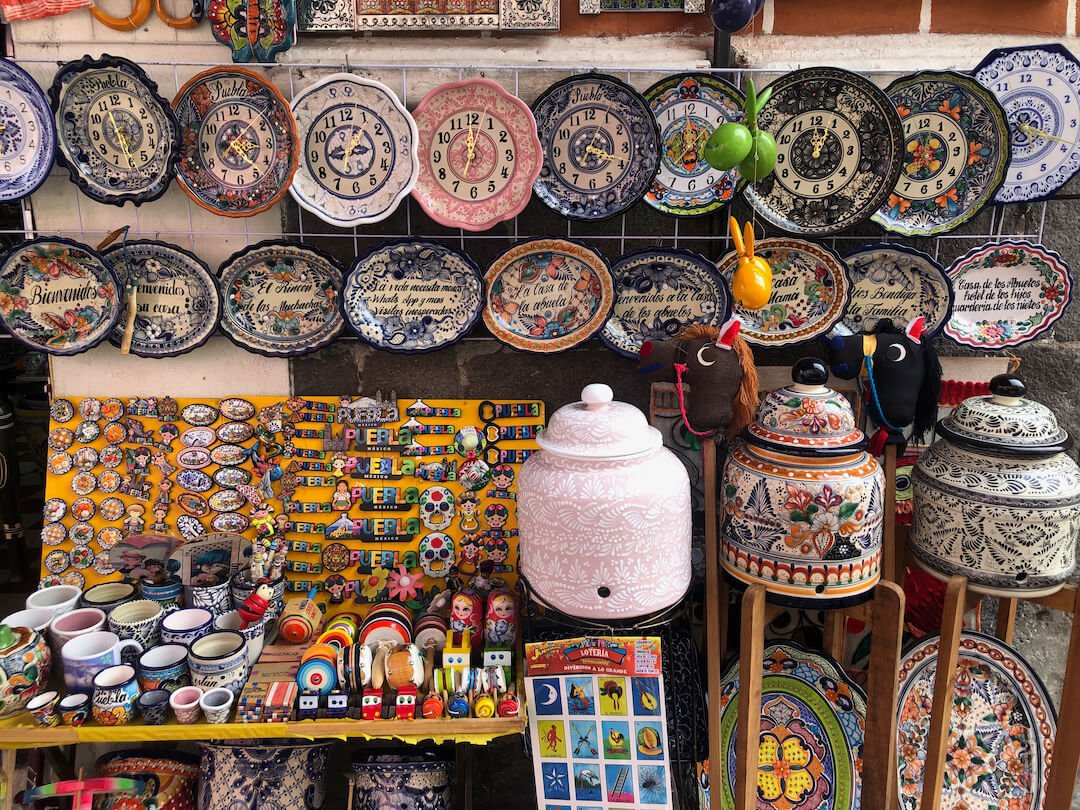
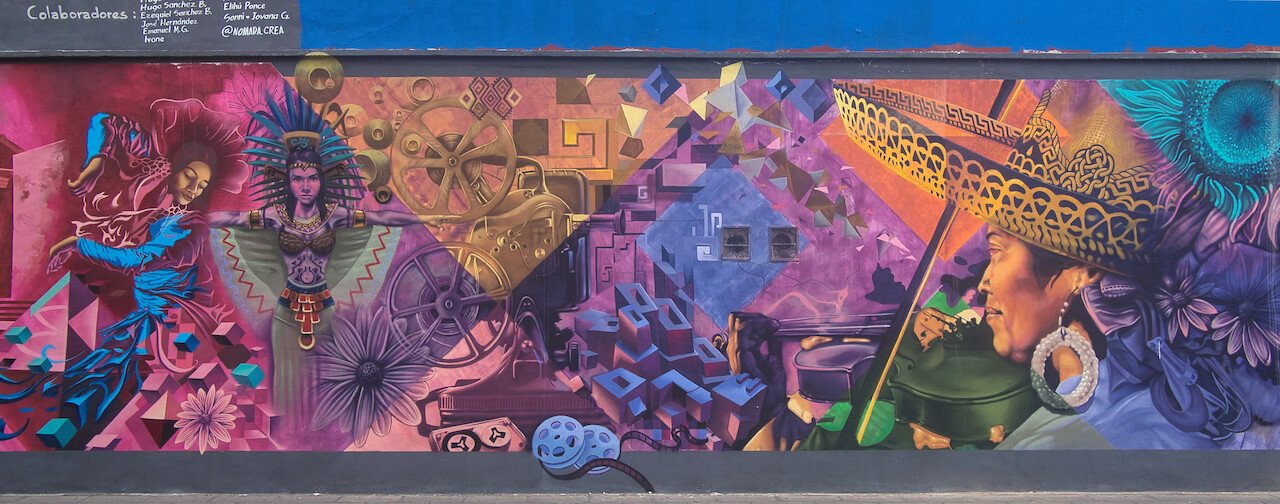


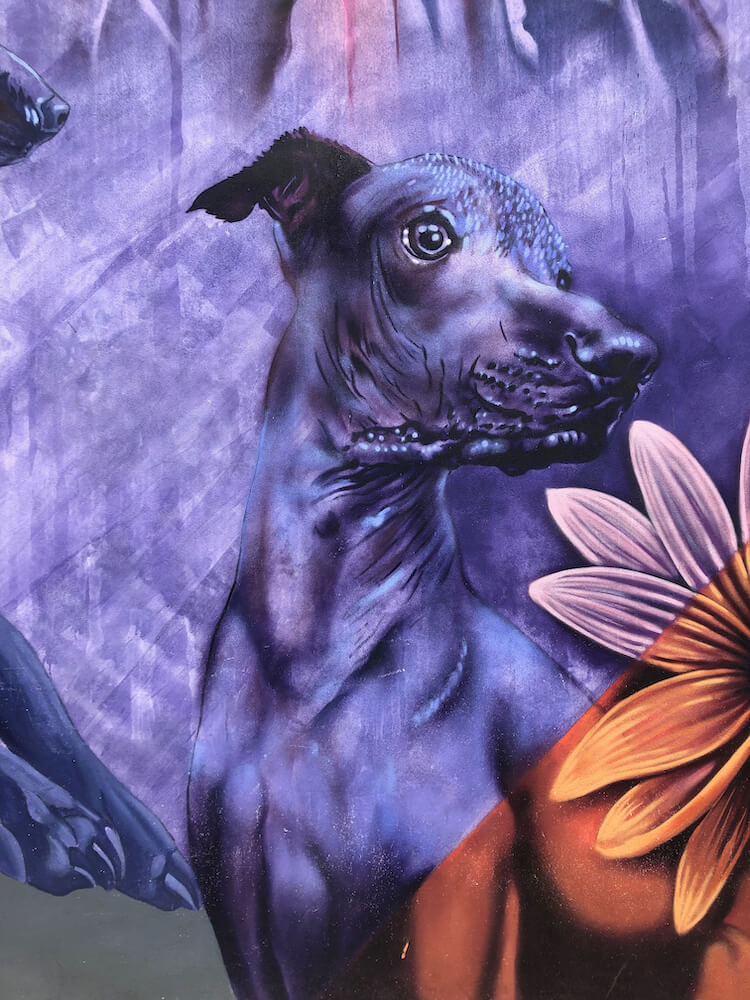
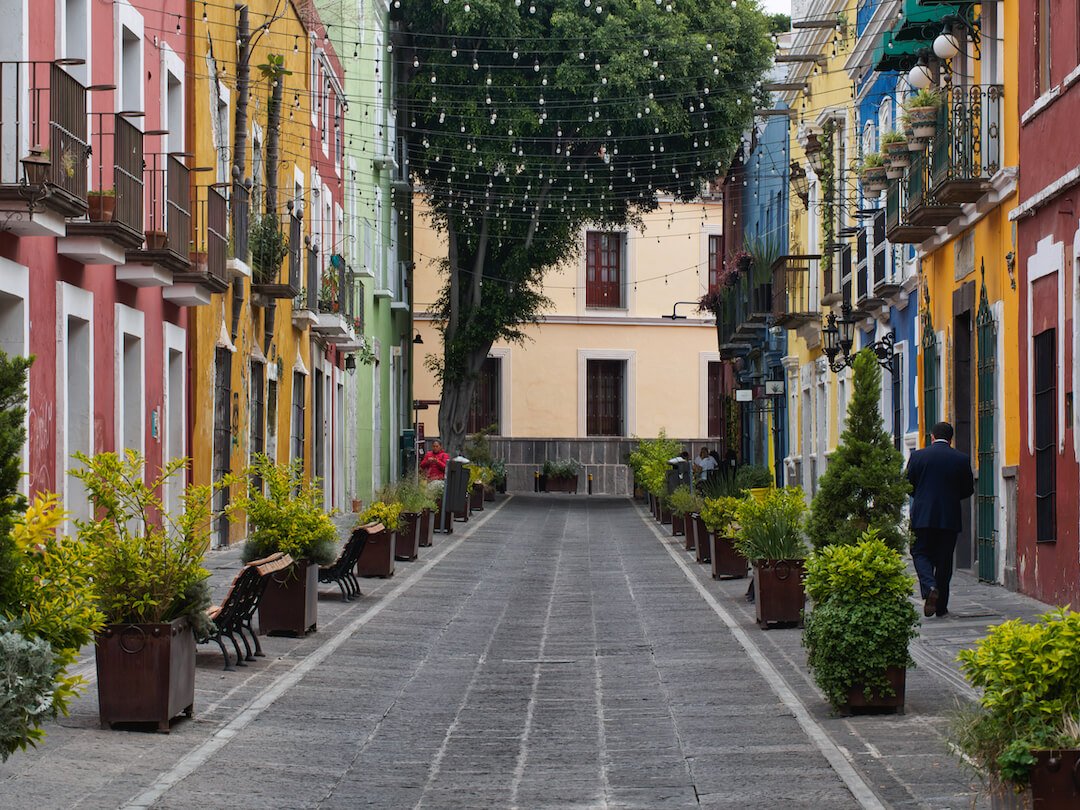

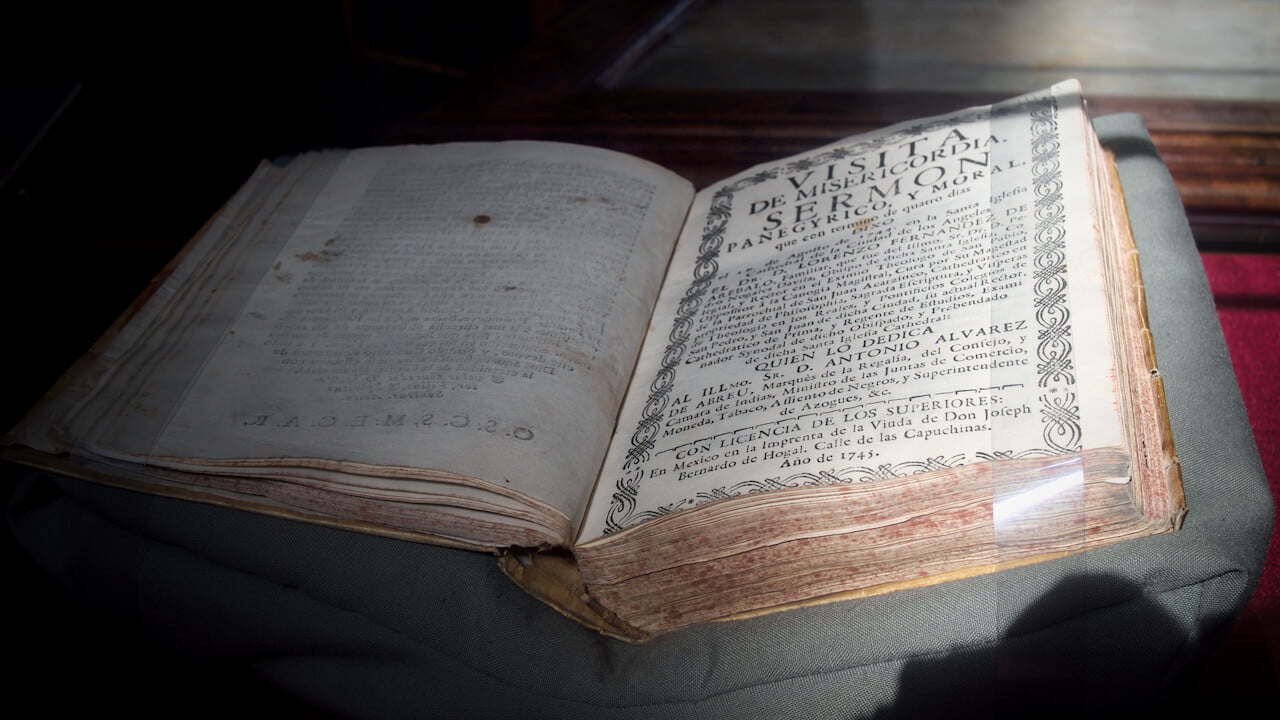


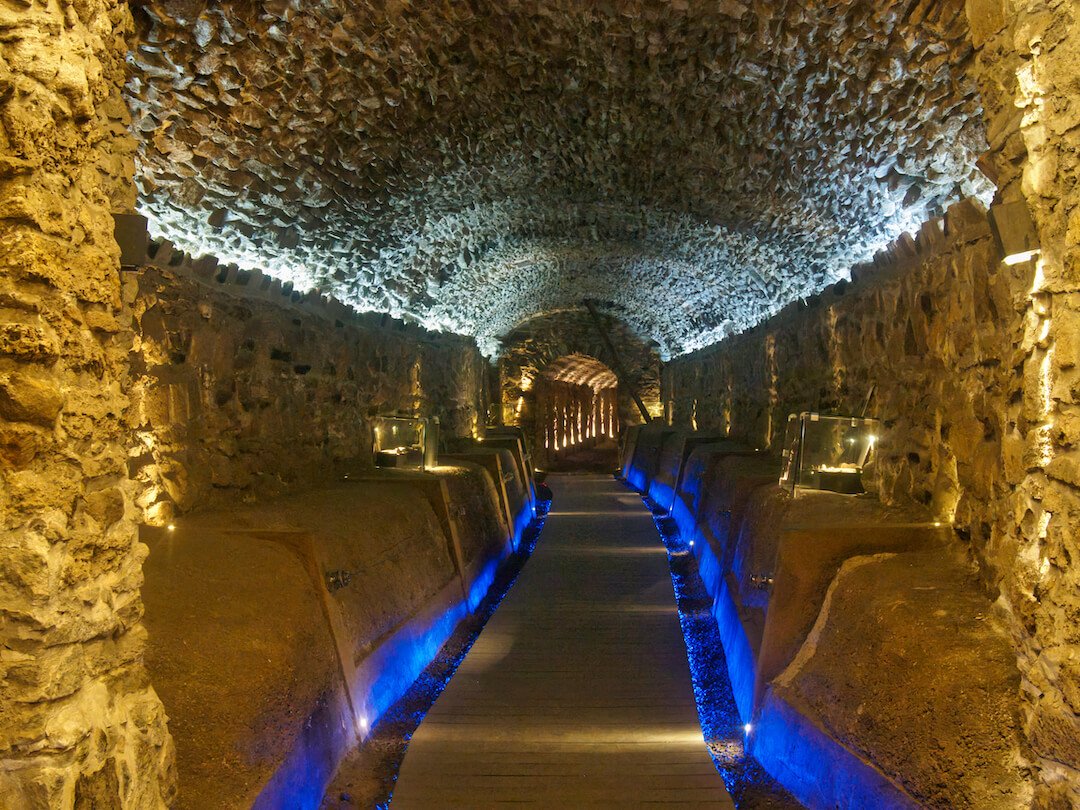



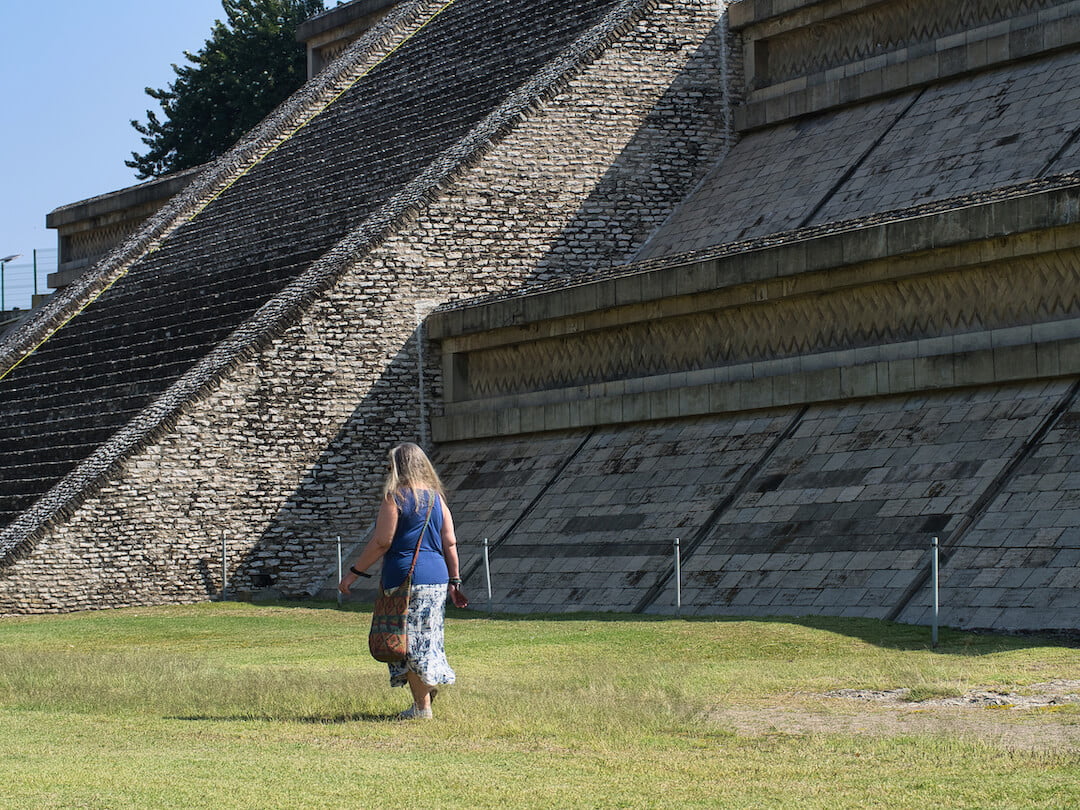
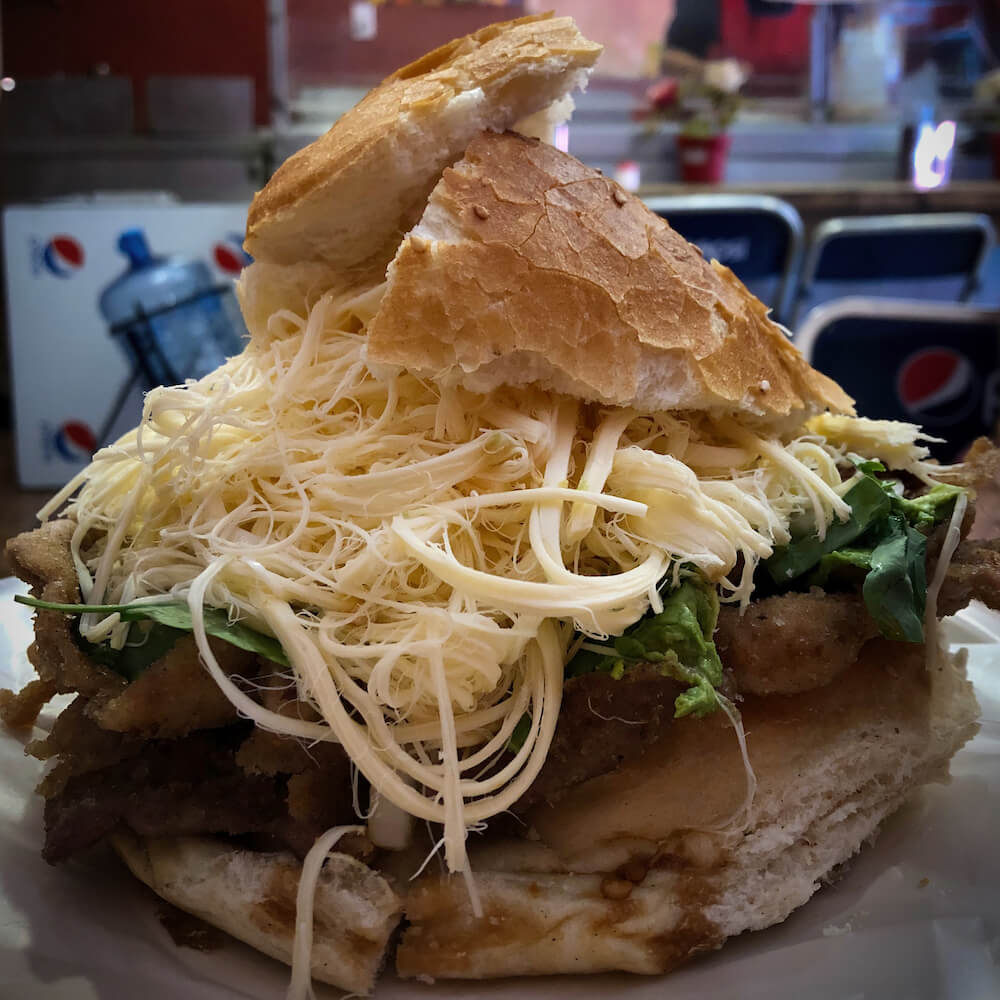
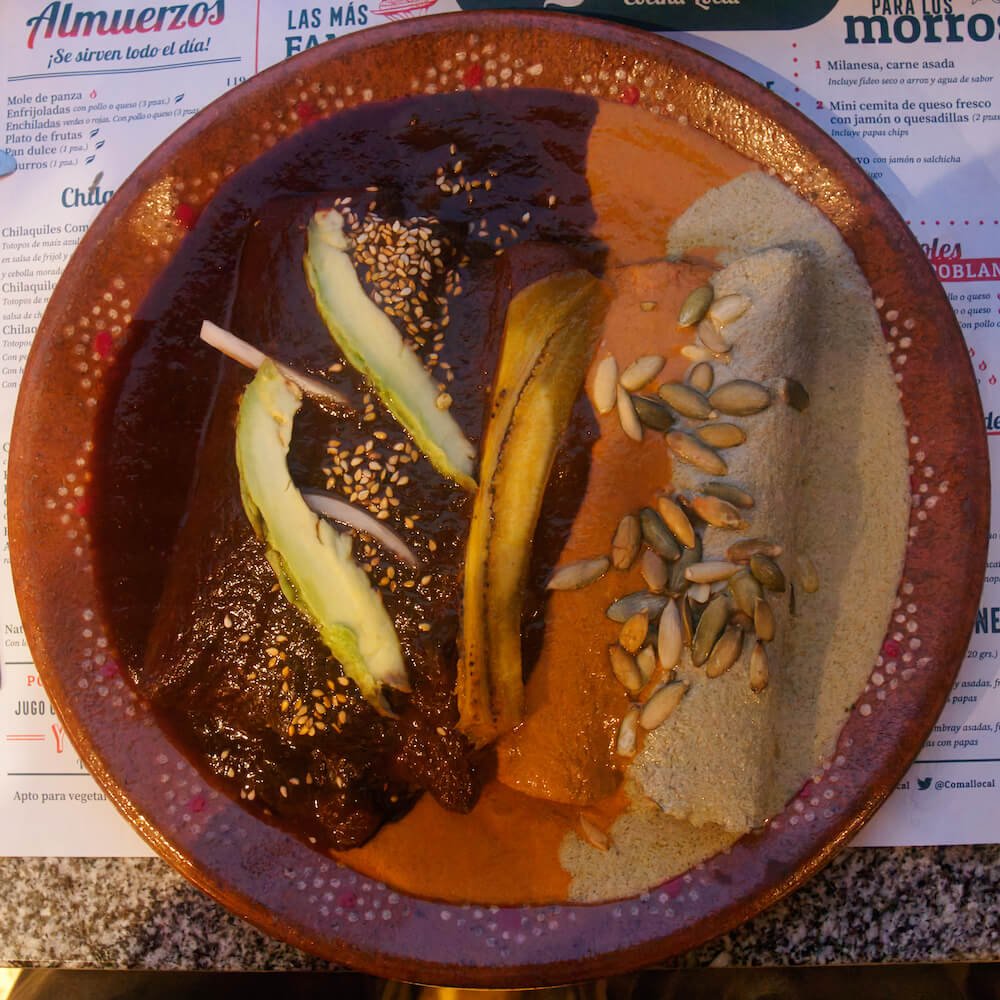
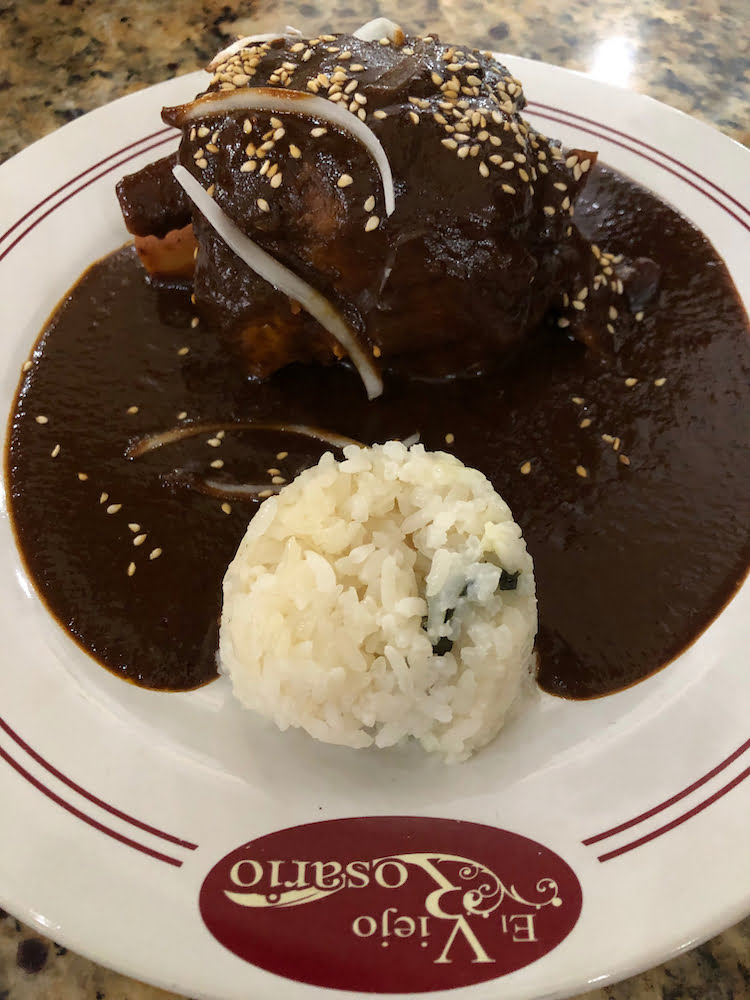


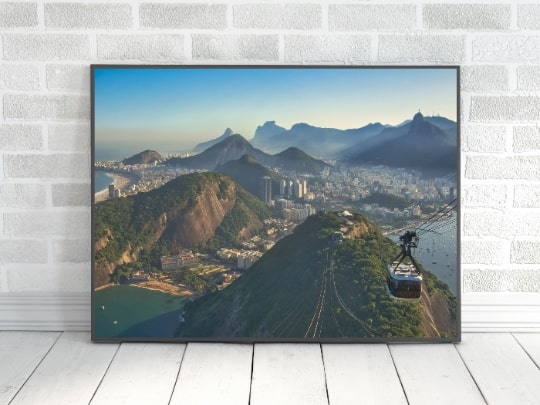
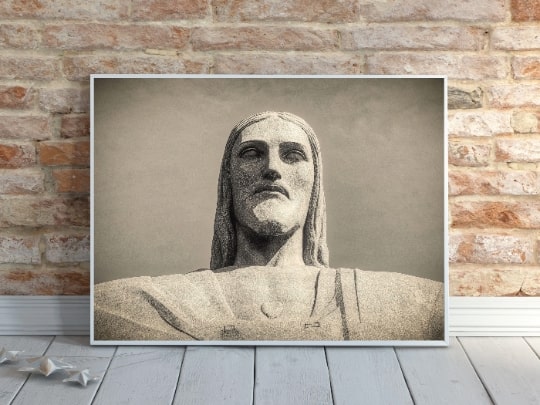
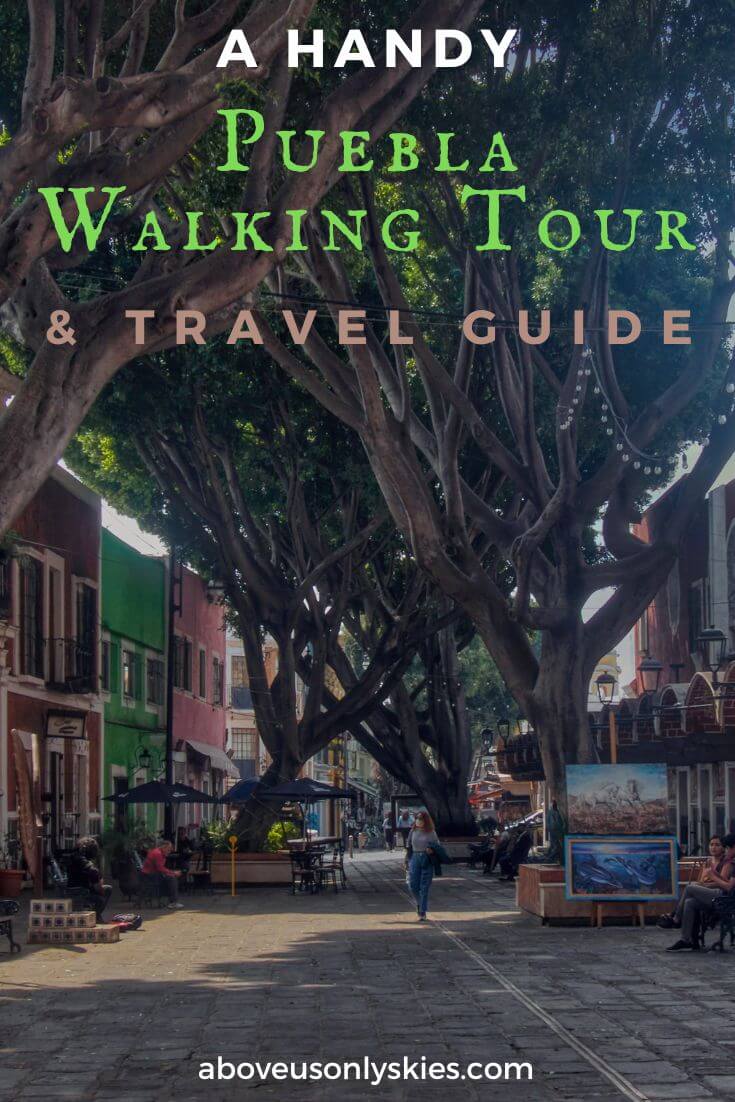

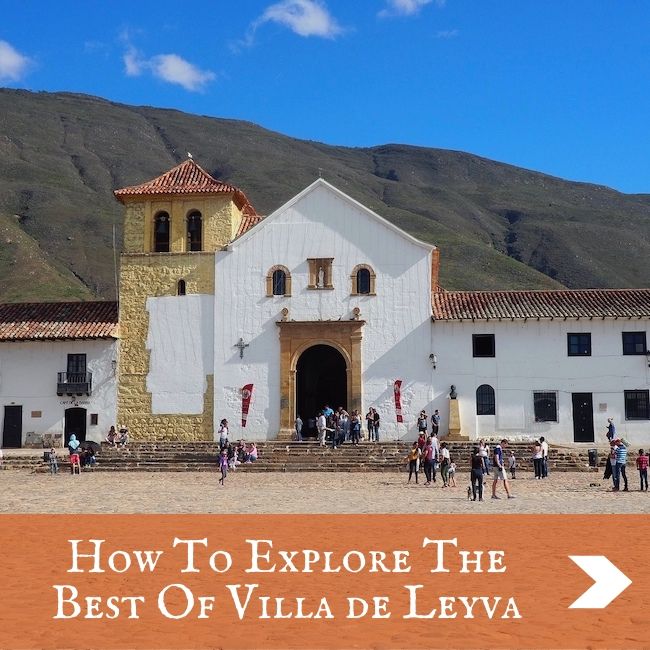

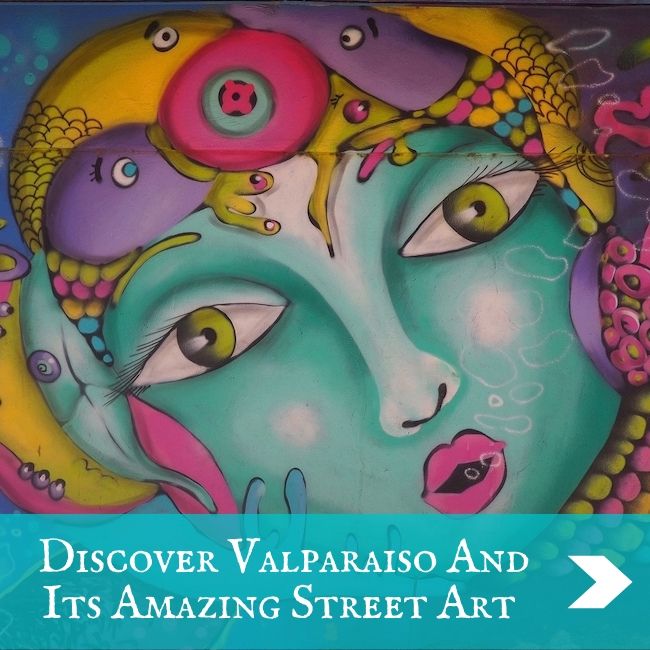

0 Comments